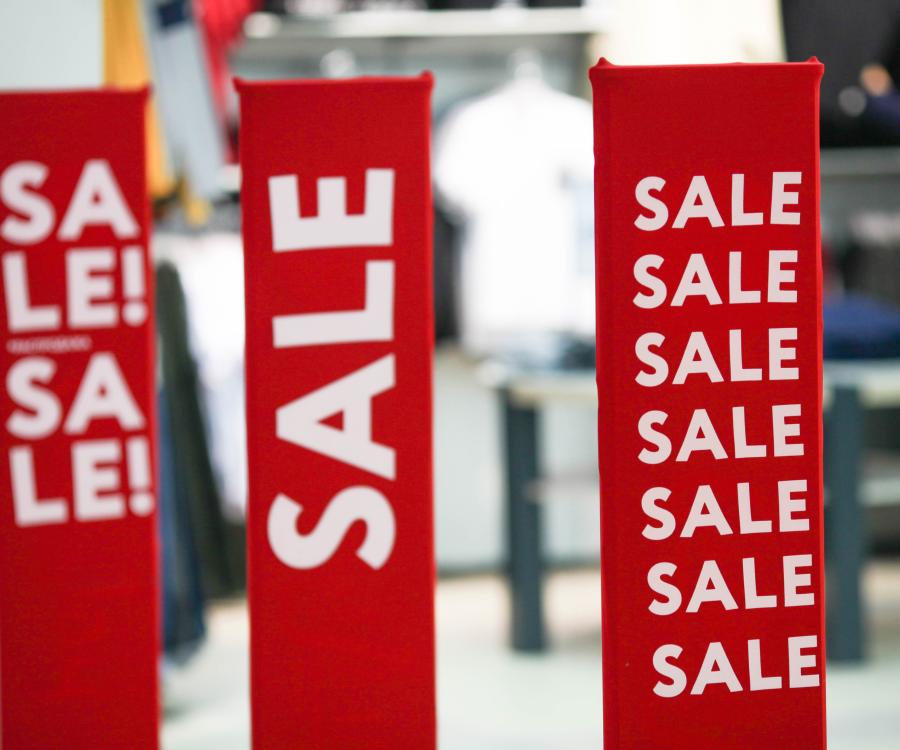"I want to successfully promote and sell my products on Amazon" - that's the goal of many sellers.
It comes as no surprise as the Seattle-based online store has evolved to become the largest e-commerce marketplace in Europe since its launch in 1994, relegating eBay and similar platforms to secondary roles in the process.
Unlike brick-and-mortar retail establishments, the online marketplace has one distinct advantage: its shelves are never full, allowing all sellers and their products to find a space on this platform. Yet this aspect is also what can make it difficult to stand out from other competitors and improve your search ranking on the platform. To do that, you have to understand the mechanisms that drive the online retail giant. And that works best if you sell on Amazon.
Pursuing a "learning by doing" approach, the creative minds behind Amasella attempted to look behind the scenes at Amazon and learn the best ways to sell brand names and products to consumers. Peter Hart, CEO of Amasella, got things rolling by creating a search-oriented cosmetic brand. The company then added an AI-driven trend prediction engine. The products became bestsellers as a result. This has given way to the Amasella construct. The Frankfurt startup is now helping sellers to gain a foothold on Amazon and be successful. Co-CEO Valentin Bohnhardt, told us what it was like to look into the microcosm of Amazon.

Mr. Bohnhardt, how did you decide to sell your own brands in 2015?
From the outset, we focused on using Amazon as our sales channel. After all, some trend finder data also came from the online marketplace. We also added our own online shop, which is likewise connected to the Amazon warehouse. What’s more, our supplier relationships with pharmaceutical wholesalers in Germany helped us to sell our products in pharmacies.
What insights did you gain from the analyses and what results surprised you?
Our Pythia trend prediction engine revealed the most sought-after ingredients and effects. To do this, AI evaluated the most trending online keywords people increasingly searched for over a specific period and subsequently forecasted searches into the future. For example, Pythia learned that vitamin C was coveted in skincare products. Surprisingly, Pythia also detected the favorite method of application: serum was right on-trend. Next, we decided to offer a Vitamin C Hyaluronic Acid Serum.
When and how did you realize that you now understand the microcosm of Amazon? And what were your next steps?
The Amazon microcosm is continuously evolving, prompting us to learn new things every day. However, our early start on Amazon gives us a competitive edge over other companies, vendors and service providers. We now share this advantage so others can also benefit.
Of course, this begs the question: How exactly does this benefit you as a seller? The Amasella team now uses Pythia to improve product detail pages by reflecting popular keywords and search terms. The product descriptions are based on the relevant keywords as learned by the AI tool and subsequently increase valuable traffic to your product listings on the marketplace. The applicable images are also updated and revised if necessary. Ultimately, this creates a presentation that’s tailored to the target audience and optimizes the sales approach. The design that has been adapted to keep ahead of the competition boosts your product rank and increases your sales on Amazon. This results in customers being able to find your brand and products much faster on the site.










